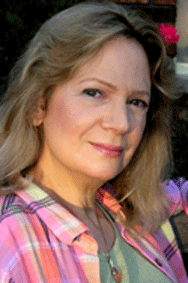Soon after I started regularly writing short stories, a few years back, I felt compelled to build a list of male and female first names I might apply to characters yet to be born. I wanted to get away from the “Bob”s, “Mary”s, “Jim”s and “Carol”s that seemed to repeatedly populate the story exercises I heard in writing workshops. There’s nothing wrong with those names but I don’t always buy roses and carnations when freesia, delphiniums and alliums are also available. I don’t always choose vanilla, chocolate and strawberry when there’s (fill in any Ben and Jerry’s flavor here).
Like the proverbial chicken and the egg, it’s not certain whether the character chooses the name or the name defines the character. I’ve experienced both, when reading or writing.
Say these names out loud and imagine these memorable characters with alternate monikers (what might they be?): Ebenezer Scrooge (the pinching sound), Sherlock Holmes (shhh, it’s a secret), Count Dracula (liquid flowing over sharp edges), Huckleberry Finn (young and brash), Scarlett O’Hara (give the girl what she wants) and (back to Dickens) Miss Havesham (no explanation needed if you read Great Expectations).
Misnamed characters are confounding when you realize how easy it is for an author to switch to something more appropriate. Some almost-names that, wisely, were changed by the author before publication include Connie Gustafson (Holly Golightly), Sherringford Holmes (Sherlock Holmes), Ormond Sacker (John H. Watson, Sherlock’s assistant) and (can you believe) Pansy O’Hara (Scarlett O’Hara).
The next time you are reading fiction that you like, consider the names of the characters. Chances are they told their author what to call them.

